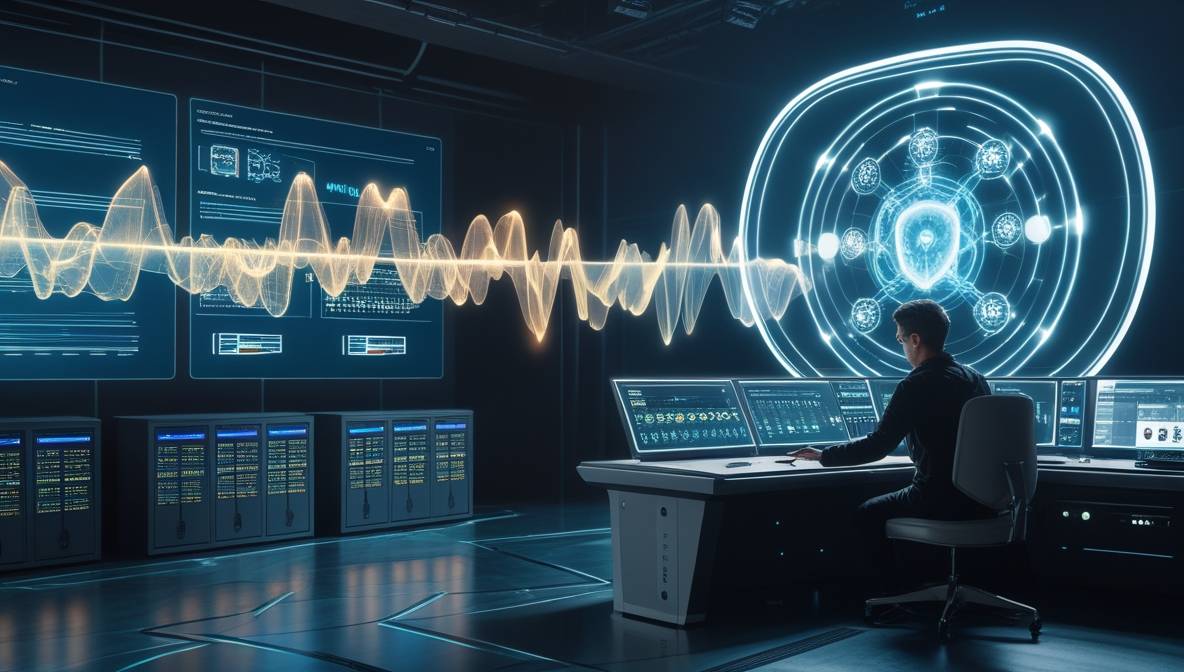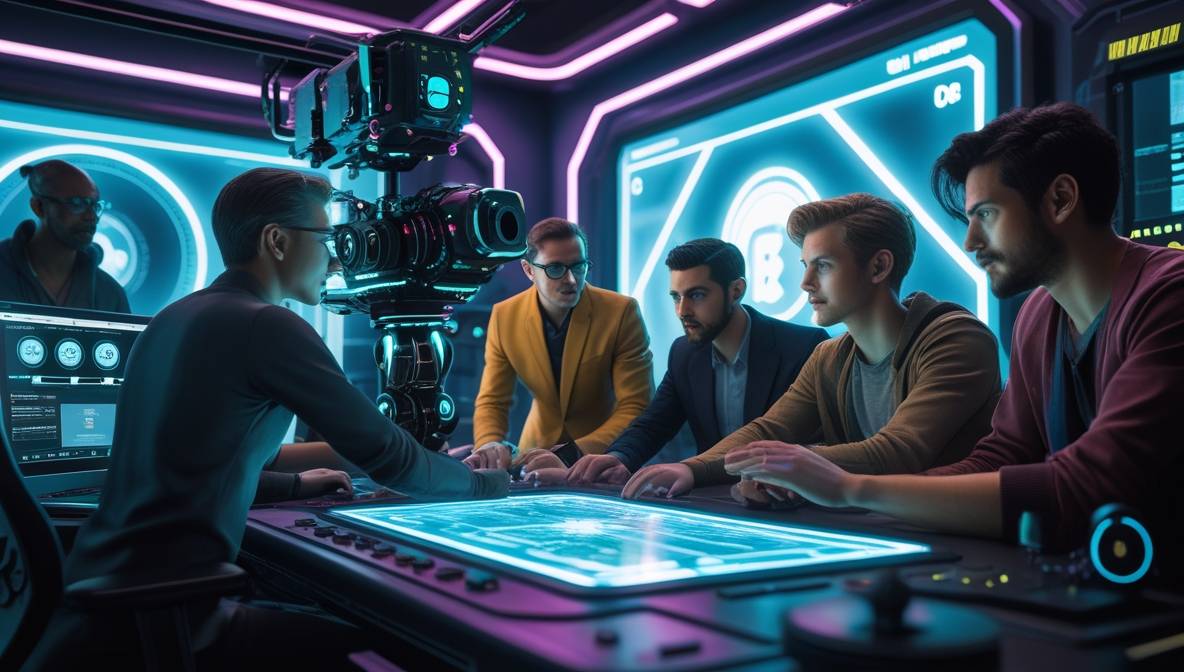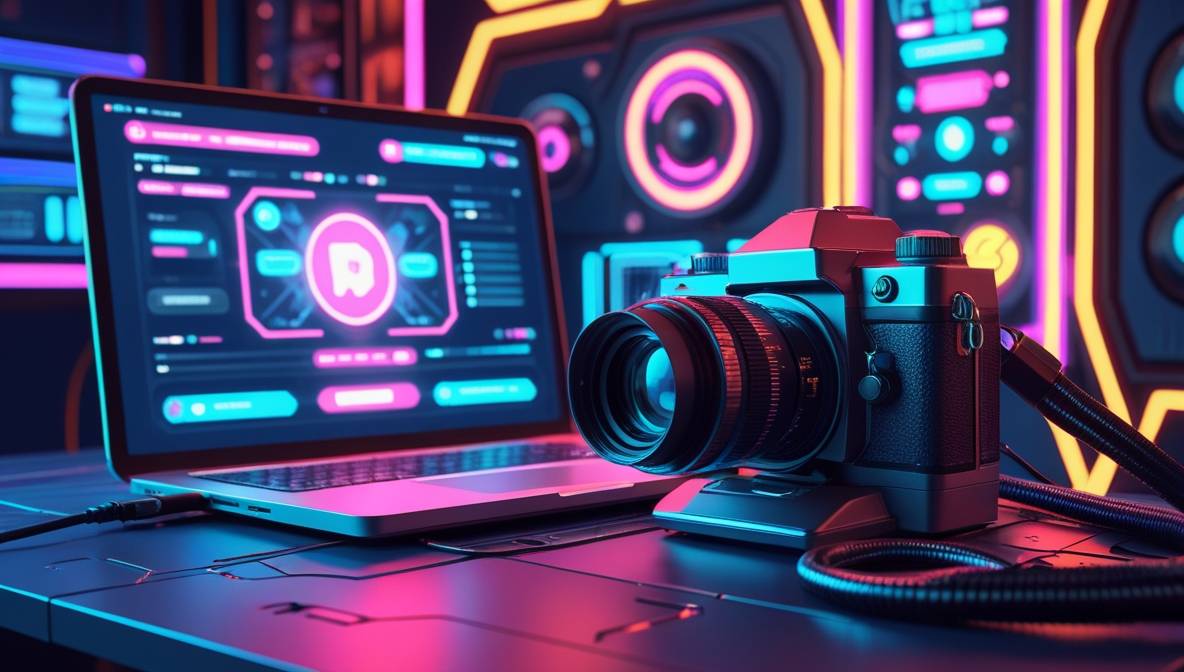The Canon EOS C70 redefines what filmmakers expect from a compact cinema camera. Combining professional-grade features with a portable design, this camera bridges the gap between versatility and high-end performance. Whether you’re crafting documentaries, indie films, or commercial projects, the C70 delivers tools to elevate your storytelling.
Design and Build: Portability Meets Professionalism
The Canon EOS C70 stands out in the Cinema EOS lineup with its lightweight, ergonomic body. Weighing just 1.3 kg, it’s ideal for handheld shooting, gimbal setups, or tight spaces. The button layout prioritizes accessibility, with customizable dials and a touchscreen interface for quick adjustments. Its RF mount compatibility opens doors to Canon’s extensive lens ecosystem, including budget-friendly options.
4K Super 35mm Sensor: Capturing Cinematic Detail
At its core, the C70 boasts a 4K Super 35mm CMOS sensor, delivering 16+ stops of dynamic range. This sensor excels in low-light conditions, minimizing noise while preserving texture. The Dual Gain Output (DGO) technology balances highlight retention and shadow detail, making it a standout for HDR workflows.
Key Sensor Features:
- 4K Resolution: Up to 4K/120p and 2K/180p recording.
- DGO Technology: Enhanced dynamic range for challenging lighting.
- Crop Modes: Flexible framing with Super16 and anamorphic support.
Dual Pixel CMOS AF: Precision in Focus
The C70’s Dual Pixel CMOS AF system ensures crisp focus during fast-paced shoots. Face detection and tracking lock onto subjects seamlessly, even in 4K/120p mode. Filmmakers can manually override autofocus using the touchscreen, offering creative control without sacrificing speed. For tips on optimizing focus settings, explore our DSLR camera tutorial.
High-Frame-Rate Mastery: Slow Motion Made Simple
Shooting at 4K/120p or 2K/180p, the C70 captures buttery-smooth slow motion. This feature is invaluable for action sequences, nature documentaries, or artistic transitions. The camera maintains autofocus and metadata in all modes, streamlining post-production.
Optical Image Stabilization: Steady Shots, Every Time
Built-in Optical IS compensates for camera shake, especially with non-stabilized lenses. Combined with digital stabilization, it enables smooth handheld footage—perfect for run-and-gun scenarios. For projects requiring additional stability, pair the C70 with a gimbal.
Professional Connectivity and Workflow Integration
The C70 includes dual SD card slots, 12G-SDI, HDMI 2.1, and dual XLR inputs with phantom power. It supports timecode sync via Bluetooth, simplifying multi-camera setups. For live streaming, the clean HDMI output pairs well with external recorders or switchers.
| Connectivity Features | Use Cases |
|---|---|
| Dual XLR Inputs | Professional audio recording |
| 12G-SDI Output | High-quality broadcast feeds |
| Wi-Fi & Bluetooth | Remote control and file transfer |
Image Quality: Cinematic Color and Dynamic Range
The C70’s color science mirrors Canon’s flagship cinema cameras, offering natural skin tones and rich hues. Canon Log 2 and Log 3 profiles provide flexibility in grading, while HDR PQ support ensures compatibility with modern displays.
Dynamic Range Breakdown:
- Canon Log 2: 16+ stops for maximum post-production flexibility.
- Canon Log 3: 15+ stops with optimized noise performance.
Ergonomics: Designed for Efficiency
The side-mounted LCD rotates 180 degrees for vlogging or solo shooting. Assignable buttons and a dedicated stills mode make it adaptable for hybrid shooters. For extended shoots, attach V-mount batteries via the optional adapter.
FAQs
1. Is the C70 suitable for documentary filmmaking?
Absolutely. Its compact size, robust autofocus, and dual XLR inputs make it ideal for run-and-gun documentaries.
2. How does the C70 compare to the Sony A7S III?
While the A7S III excels in low-light stills, the C70 offers superior video codecs, XLR inputs, and professional workflows. Explore our Sony A7S III review for a detailed comparison.
3. Can I use EF lenses with the C70?
Yes, via Canon’s EF-EOS R adapter. This maintains autofocus and IS functionality.
4. What codecs does the C70 support?
It records 4:2:2 10-bit in XF-AVC, MP4, and MXF formats. All-I and Long GOP encoding are available.
5. Does it overheat during 4K recording?
The C70’s fanless design manages heat efficiently, allowing unlimited 4K/60p recording.



